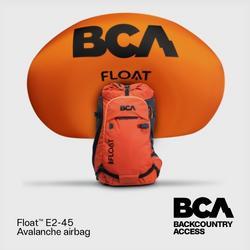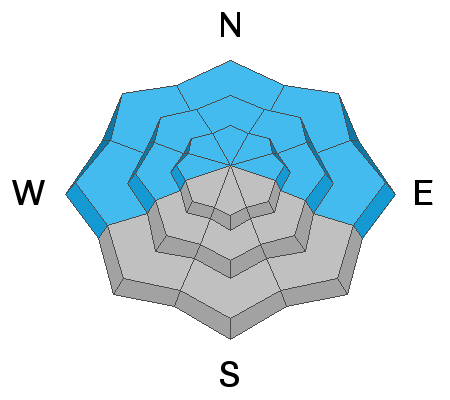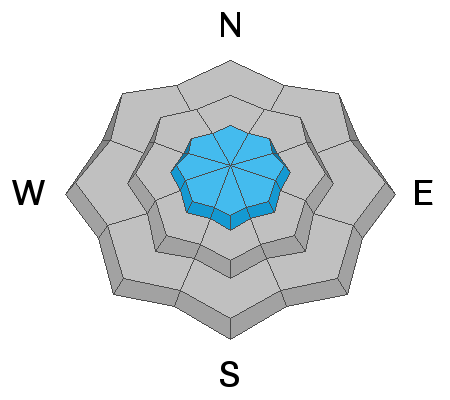Springtime in the mountains is one of the best times of the year. Longer days and lots of sunshine bring on great corn riding, bigger objectives, and changing avalanche problems. Join us as we discuss how to spot bulls-eye clues indicating rising avalanche danger, how to plan your route around the sun and its impact on the snow surface, pertinent gear to add to the pack specific to springtime travel, and much more. Note; the event will be outside on the Lone Pine patio, please dress accordingly.
Skiing and riding conditions are the best they've been in two months.
Skies are clear with light northwest winds in the mountains. Temperatures are at or below zero with some basins and trailheads at -9°F.
Today we'll have clear skies, light northwest wind and temperatures rising to the low 20s. Warmer temperatures tomorrow with perhaps a few clouds in the afternoon. Dry and mild temperatures through the week with mid-week temps possibly reaching into the low to mid-40s. A storm is possible for Friday.
By my count, there were SEVEN more human triggered avalanches in the backcountry yesterday. These areas included Neffs, Mt Aire, Broads Fork, Mill Creek, White Pine of LCC, and the Brighton backcountry.
Each of these were soft slabs failing on the Jan/Feb drought layer Persistent Weak Layer (PWL) of facets. These soft slabs were generally 6-24" deep and up to 100' wide with aspects ranging from northwest to east-northeast and elevations from 7000' to just over 10,000'. Some of these were triggered at a distance. Many people were surprised by these avalanches but no one was reportedly caught or carried. Shooting cracks and audible "collapsing" or "whumphing" were noted by many of these backcountry parties. Some pics below.
Neffs avalanche, Meadows/Dean
Brighton backcountry, Leines
Greg Gagne's Week in Review is published and can be found
HERE.

By

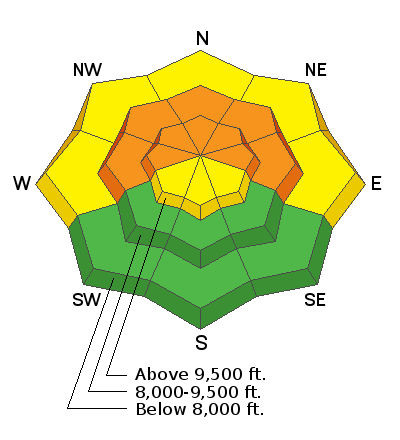



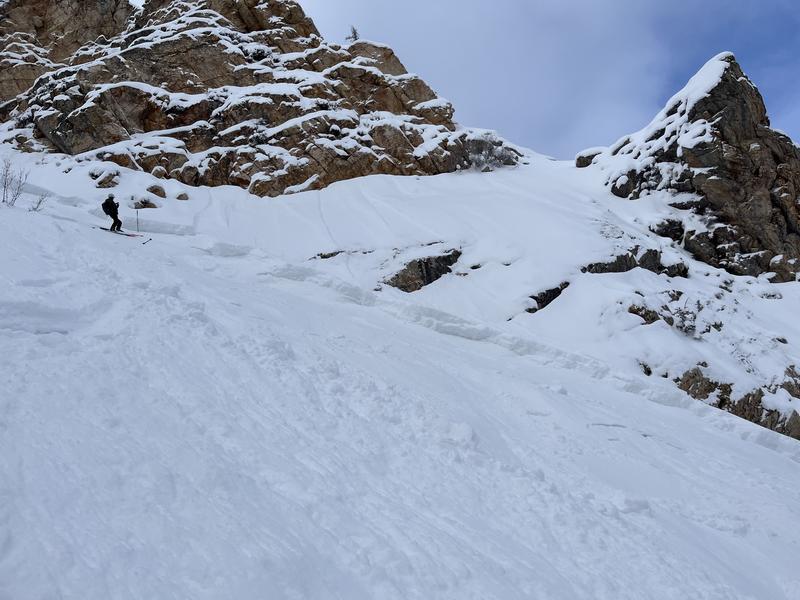
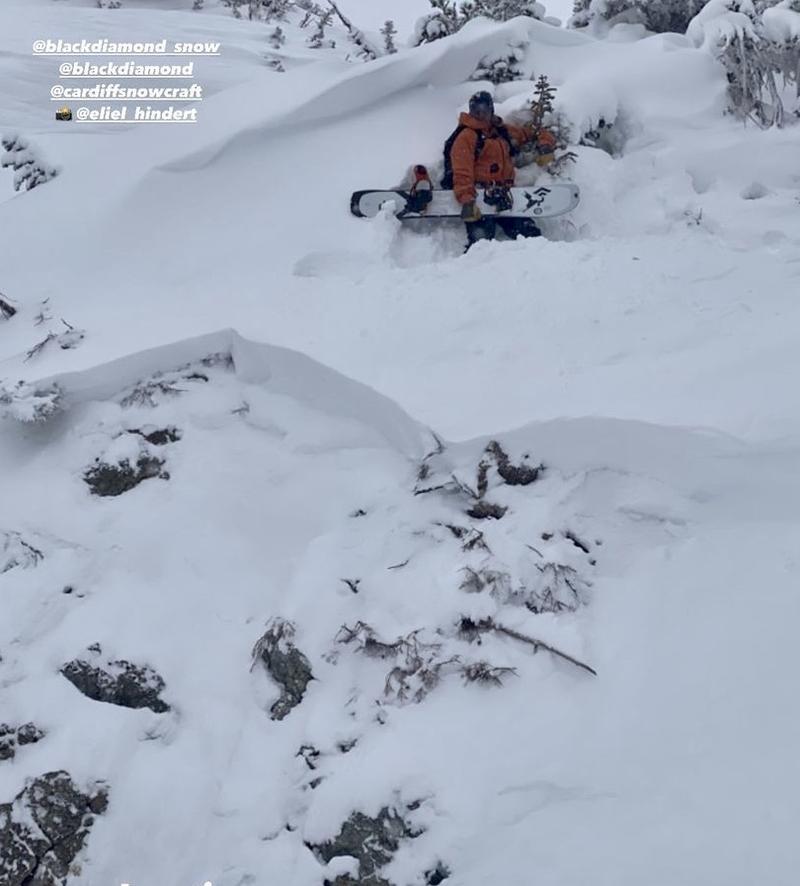
 By
By